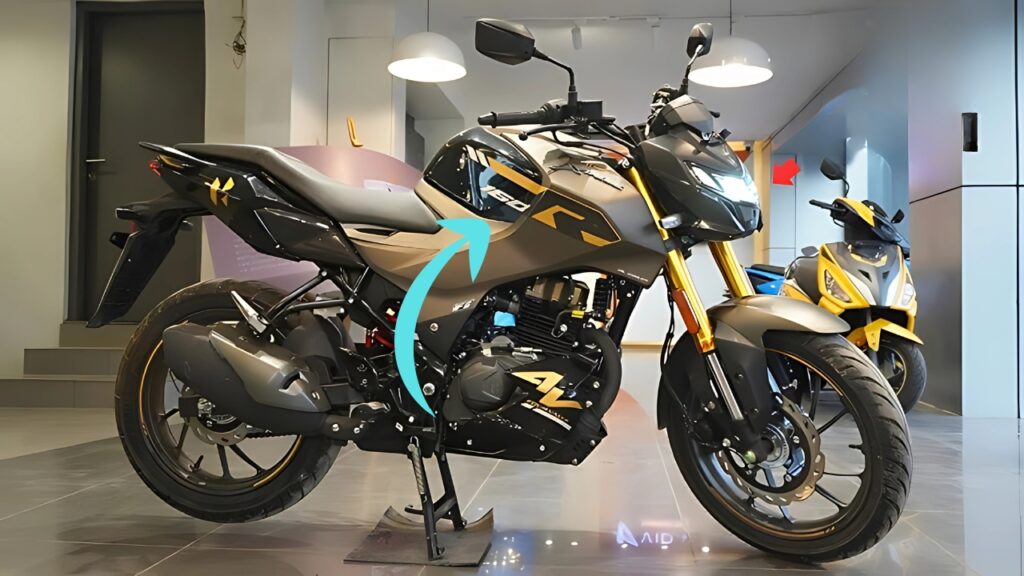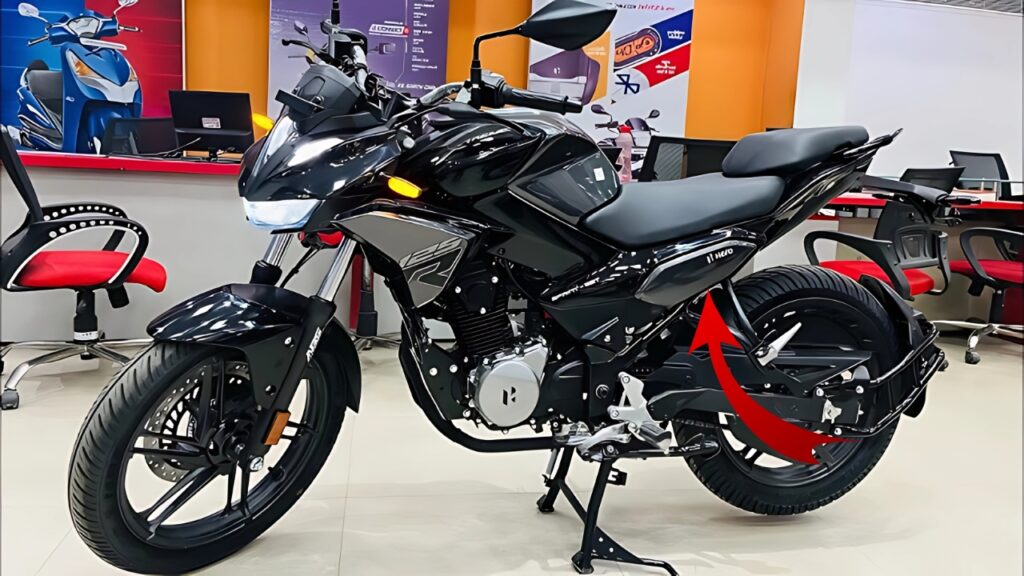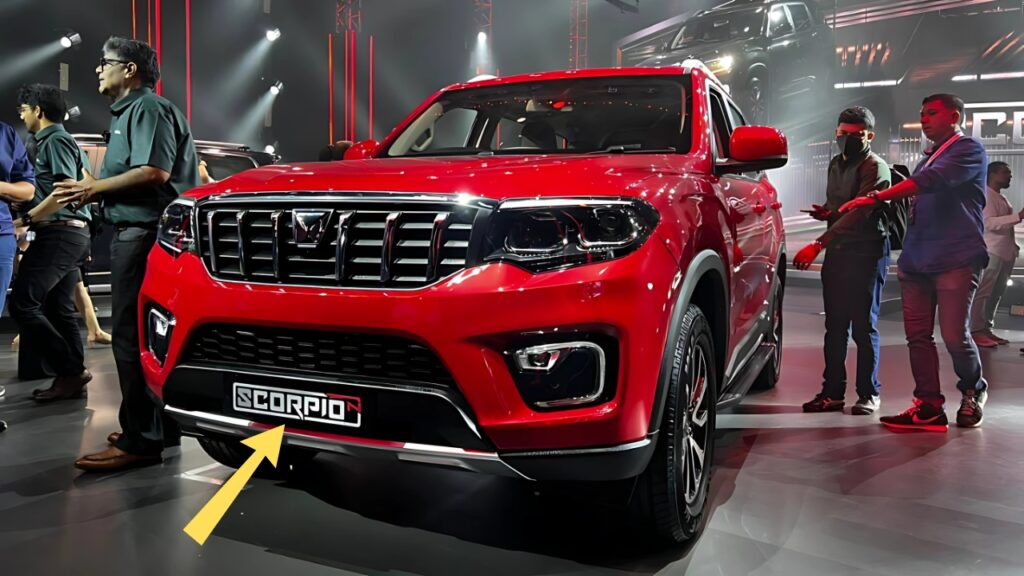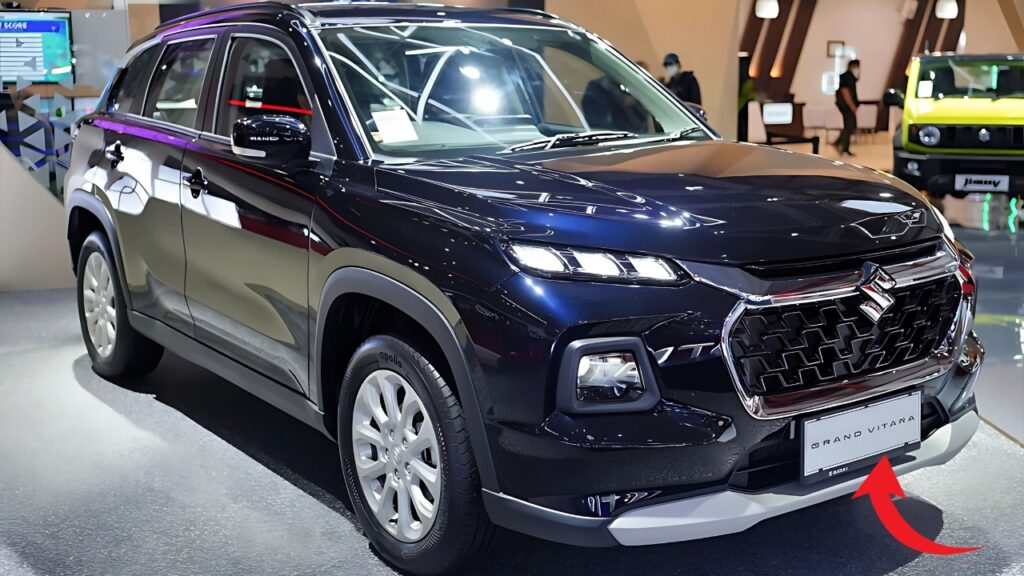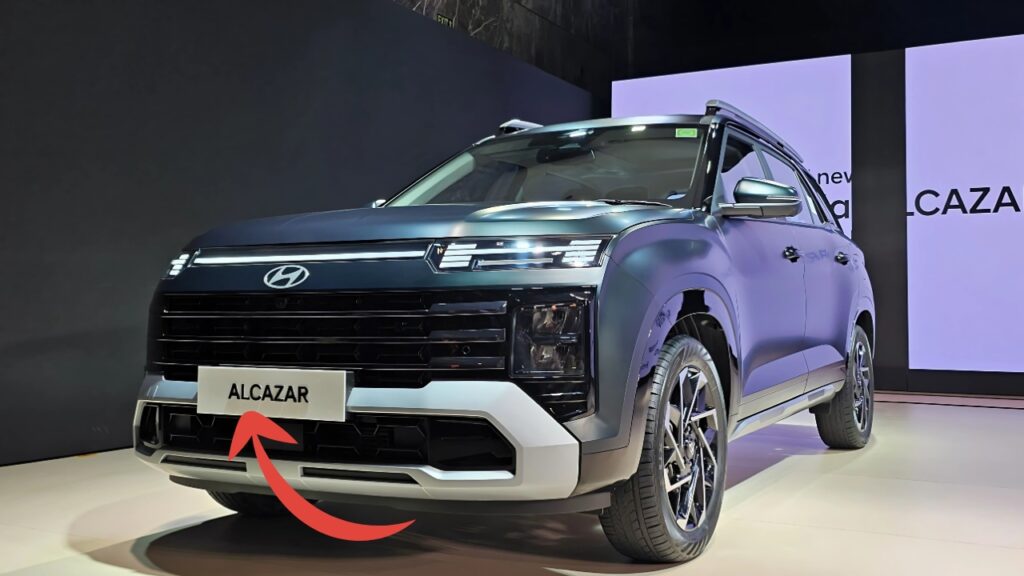When Maruti Suzuki introduced the Fronx in 2023, it represented the company’s attempt to create a new segment—a coupe-styled compact crossover based on the popular Baleno hatchback.
Two years later, the 2025 Fronx arrives with refinements that address initial customer feedback while maintaining the formula that has made this unusual crossover a surprising sales success.
After spending a week with the updated model across varied Indian road conditions, it’s clear that Maruti has focused on substantive improvements rather than mere cosmetic updates.
“The 2025 revisions aren’t about dramatic reimagining, but thoughtful evolution,” notes Rajesh Sharma, who has owned a Fronx since its launch. “They’ve fixed the small irritations while keeping what worked intact.”
Table of Contents
Design: Subtle Refinement Over Revolution
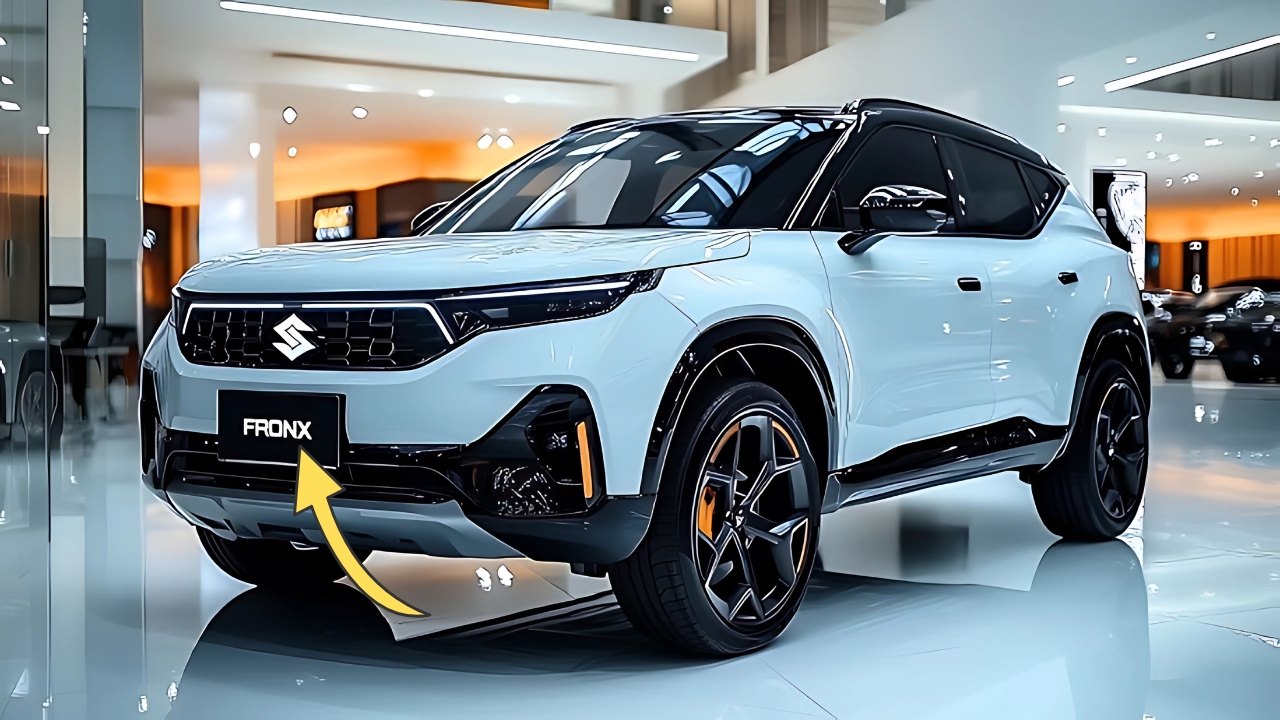
The Fronx’s exterior maintains its distinctive silhouette—that curious fusion of hatchback practicality with crossover styling cues.
The most notable visual changes appear at the front, where a revised grille features a honeycomb pattern replacing the previous horizontal slats.
LED headlamps now come standard across all variants, with higher trims gaining adaptive functionality that adjusts beam pattern based on speed and steering input.
Along the sides, new alloy wheel designs (16-inch on lower variants, 17-inch on higher trims) add visual interest without dramatically altering the profile.
The two-tone roof option now extends to all exterior color choices rather than being limited to specific shades—a small but appreciated nod to personalization.
“The updates maintain the Fronx’s identity while addressing some of the visual awkwardness of the original,” explains automotive designer Priya Patel.
“The revised proportions around the C-pillar and slightly more pronounced wheel arches give it a more planted stance without changing the fundamental design.”
Cabin: Addressing the Pain Points
Inside, Maruti has focused improvements where customers most frequently complained. The infotainment system grows from 9 inches to 10.25 inches, featuring sharper graphics and more responsive touch sensitivity.
More importantly, the system now incorporates wireless Android Auto and Apple CarPlay—addressing a notable omission in the original model.
The most welcomed interior upgrade is the completely redesigned front seats, which now feature better thigh support and enhanced side bolstering.
During our 300km test route between Delhi and Jaipur, these improvements translated to noticeably reduced fatigue, particularly for taller drivers who found the original seats lacking in support.
Material quality sees targeted upgrades, with soft-touch materials now covering the upper dashboard and door panels.
The previous hard plastic center console has been replaced with a padded leatherette surface—a small but meaningful upgrade for a touchpoint where drivers rest their knees on longer journeys.
Vijay Kumar, who recently replaced his 2023 Fronx with the 2025 model, appreciates these changes: “The difference in comfort is substantial, especially on longer drives.
The seats no longer cause lower back pain after a few hours, and the padded surfaces make the cabin feel more premium.”
Powertrain: Refined Rather Than Revolutionized
Mechanically, the 2025 Fronx retains its two engine options: the 1.2-liter naturally aspirated petrol (90PS/113Nm) and the 1.0-liter BoosterJet turbo-petrol (100PS/148Nm).
However, both powertrains receive calibration refinements that improve drivability rather than headline power figures.
The 1.0 BoosterJet in particular benefits from revised turbo mapping that reduces lag at lower RPMs—an improvement immediately noticeable in city driving conditions.
The five-speed manual transmission gains slightly shorter throws, while the six-speed automatic receives programming updates that deliver smoother shifts, particularly during partial throttle applications.
Fuel efficiency shows marginal improvements, with the 1.2-liter engine now claiming 21.5 km/l (previously 21.3 km/l) and the BoosterJet improving to 20.2 km/l (previously 19.8 km/l) under standardized testing.
“They’ve focused on drivability rather than specification-sheet improvements,” notes automotive journalist Amit Desai.
“The BoosterJet in particular feels more responsive in everyday driving scenarios, which matters more to owners than marginal power increases would have.”
Ride and Handling: Finding Better Balance
The original Fronx was criticized for its somewhat firm ride quality, particularly on broken urban roads. Maruti’s engineers have addressed this with revised damper tuning and new bushings that deliver noticeably improved compliance over rough surfaces without compromising handling.
During testing on the notoriously pockmarked stretches outside Gurgaon, the 2025 model absorbed impacts that would have unsettled the original version.
High-speed stability also improves thanks to these suspension revisions, with the crossover feeling more planted during highway cruising.
Steering feel remains relatively light—prioritizing ease of use in urban environments rather than feedback—but gains more consistent weighting at highway speeds.
NVH improvements, including additional sound insulation in the firewall and doors, reduce both road and engine noise by a noticeable margin.
Sanjay Mehta, a driving instructor who uses the Fronx for his driving school, appreciates these changes: “The more compliant suspension makes it easier for new drivers to manage rough roads without becoming unsettled. The reduced road noise also makes communication with students easier on busy streets.”
Safety: Catching Up to Competitors
Perhaps the most significant upgrades come in safety features, with all variants now including six airbags, electronic stability control, and a tire pressure monitoring system as standard. Higher trims add a 360-degree camera system with reasonably clear resolution and helpful guidelines.
ADAS features finally arrive on the top-spec Alpha+ variant, including autonomous emergency braking, lane keep assist, and adaptive cruise control—matching features increasingly common among competitors.
During highway testing, these systems functioned smoothly, though the lane keep assist occasionally struggled with India’s often faded lane markings.
Value Proposition and Market Position
With prices ranging from ₹8.15 lakh to ₹13.95 lakh (ex-showroom), the 2025 Fronx positions itself as a premium offering within Maruti’s lineup while maintaining competitive pricing against rivals like the Hyundai Venue, Kia Sonet, and Tata Nexon.
The most compelling variants remain in the middle of the range, particularly the Delta+ trim (₹9.85 lakh with the 1.2L engine), which now includes most essential features while avoiding the significant price jump to the top-spec models.
Maruti Fronx 2025 new facelift is launched
The 2025 Maruti Fronx represents a thoughtful evolution that addresses customer feedback while maintaining the distinctive approach that has made this crossover surprisingly successful.
Rather than dramatic reinvention, Maruti has delivered targeted improvements to comfort, refinement, and features—precisely where the original model needed enhancement.
For buyers seeking something different from the typical boxy compact SUV without sacrificing practicality, the revised Fronx makes a stronger case than ever.
Its unusual positioning between hatchback and SUV continues to carve out a unique space in India’s crowded automotive marketplace.

